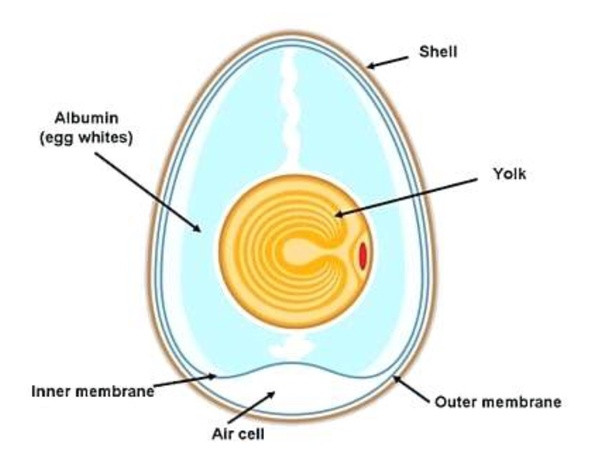If you’ve ever boiled eggs, you’ve surely noticed tiny streams of microscopic bubbles coming from various points on the eggs as the water heats up. I figured this was dissolved air in the water and there were tiny “flaws” on the shell that formed nucleation sites for the bubbles. This is a nice explanation but totally wrong. I’m an engineer, not a zoologist. The correct answer is quite amazing, even mind-blowing to an engineer.

The truth is that bird egg shells are fabricated with microscopic breathing holes so the chick can breathe while it breaks its way out of the shell. Those tiny bubbles are air trapped inside the egg that expands when heated and streams out of the breathing holes. For me, learning this was kind of stunning because when I was a child long ago I wondered how the chick manages without air while it’s alive and breaking out of the shell. Magic? Nope, just Mother Nature’s engineering.
Leave a Reply